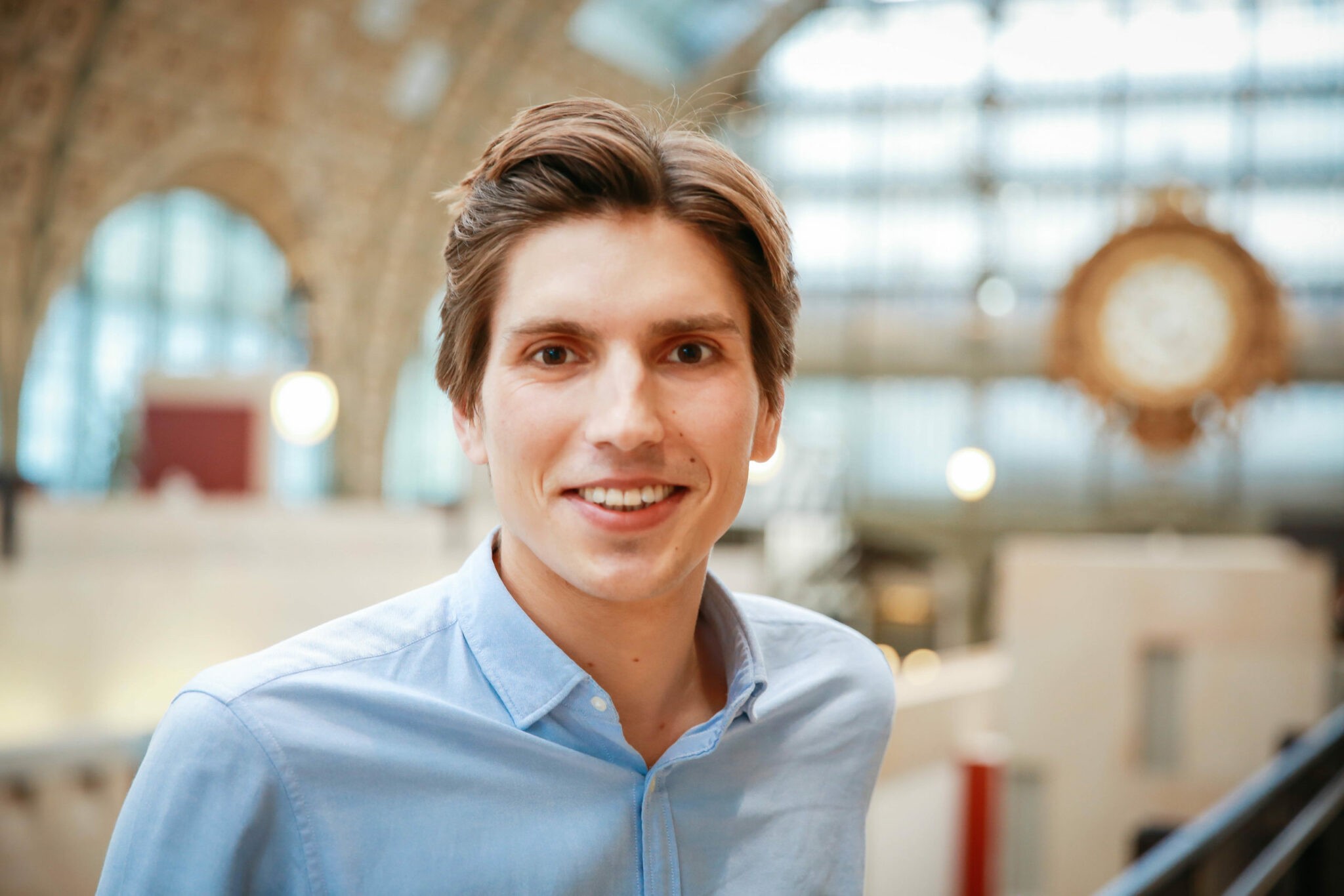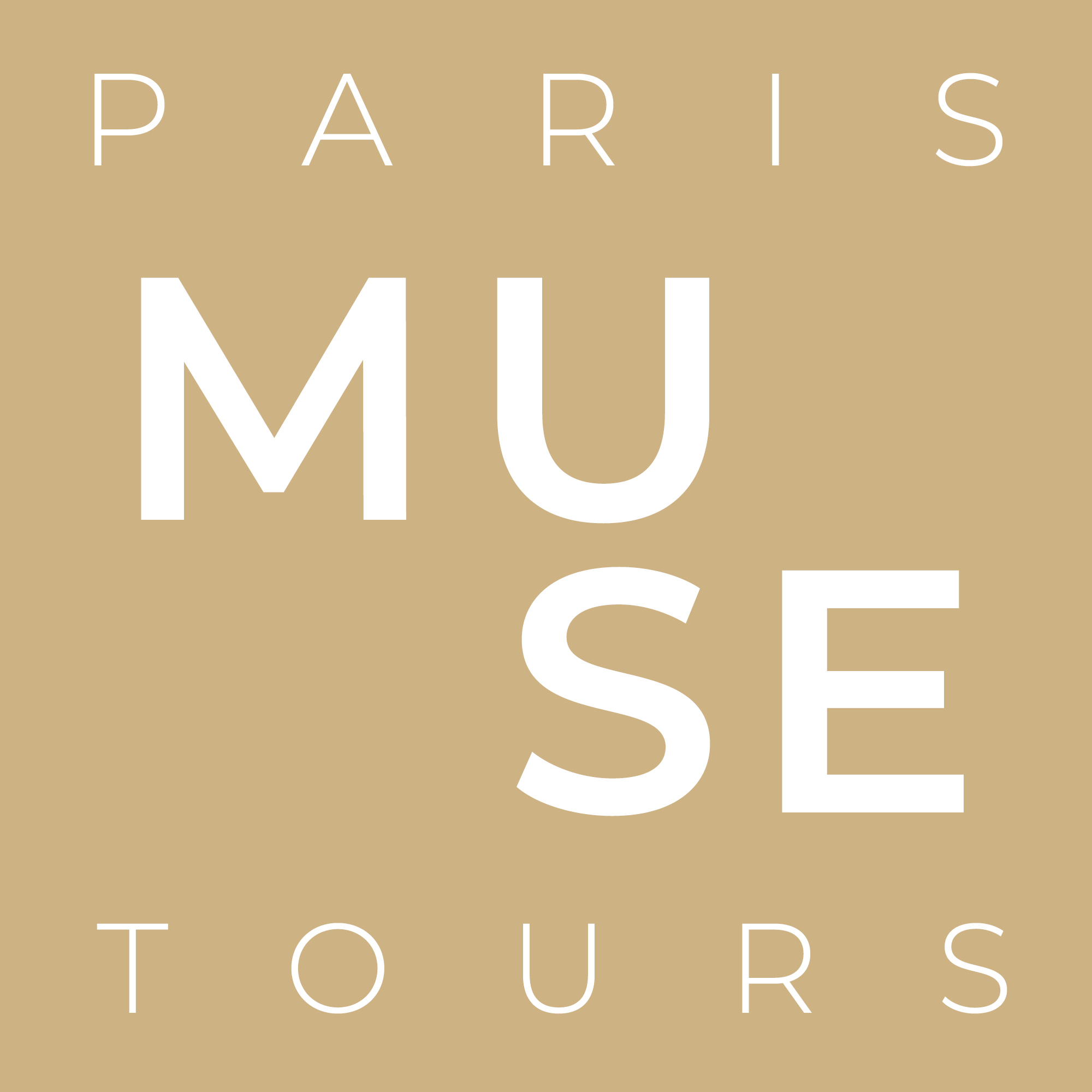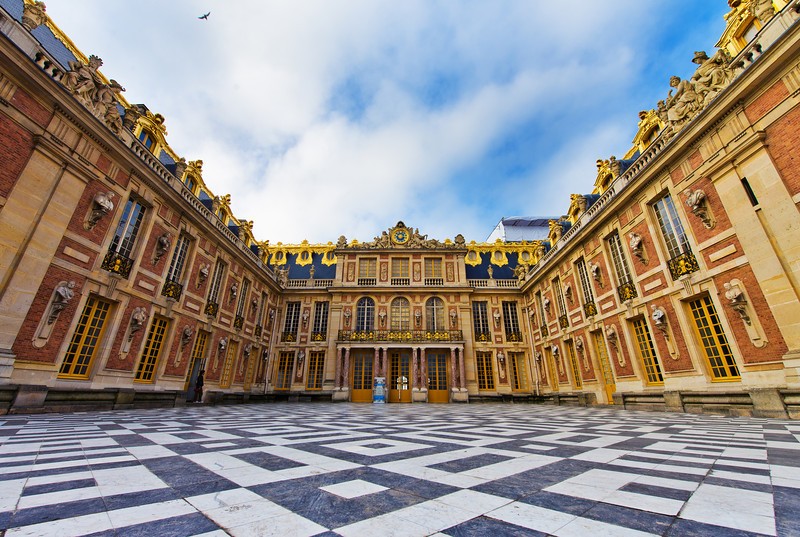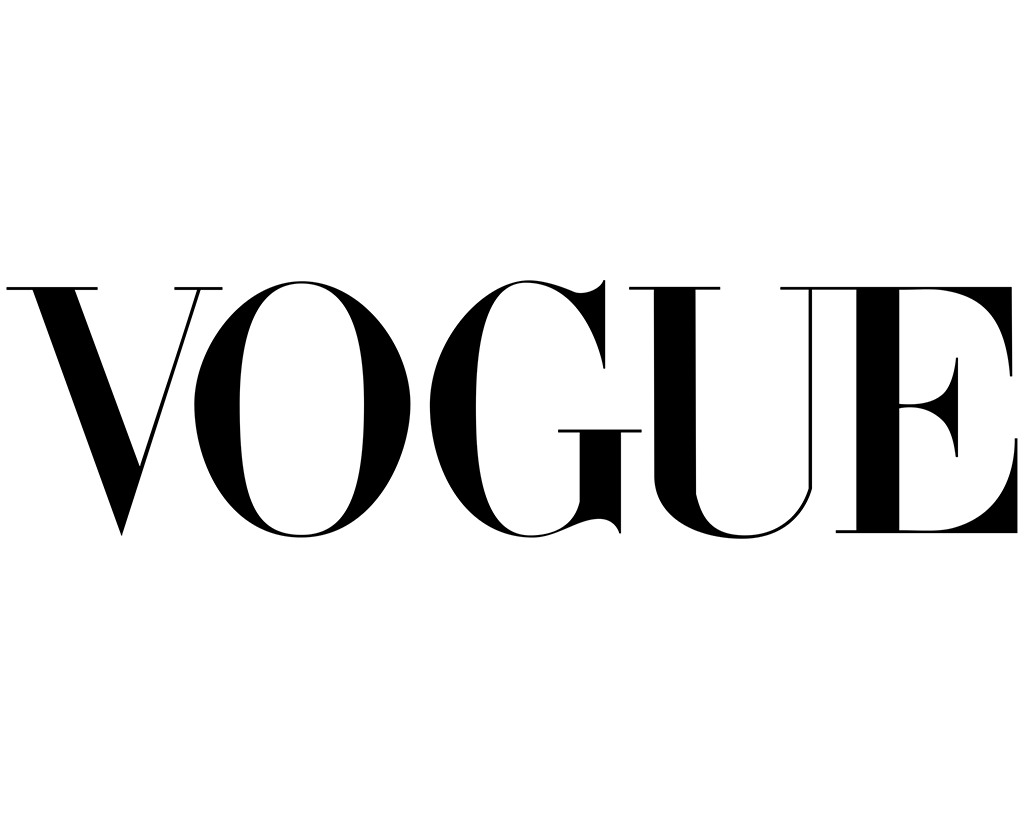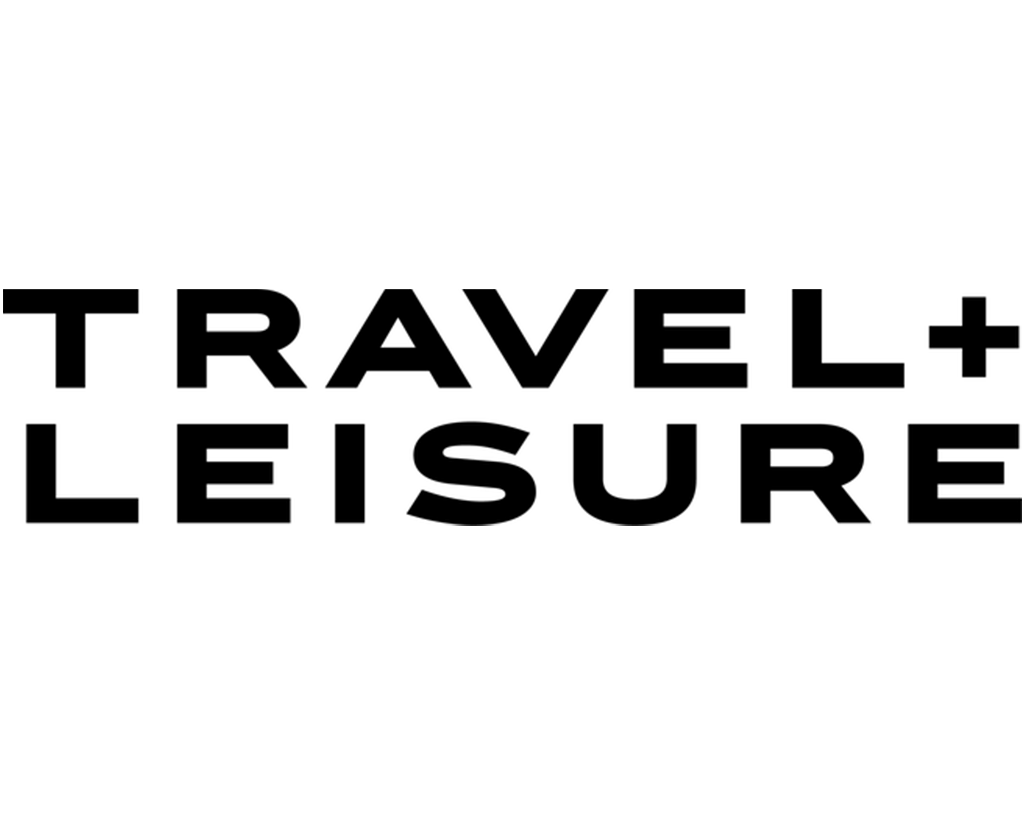The creator of our new private tour tells us why it’s like no other.
10 million people visited Versailles last year. We talked to Henry Muller, who recently launched our Versailles Unlocked program, about what makes a visit stand out from the pack.
What kind of traveller is this private tour of Versailles for? Who did you have in mind when you created it?
I wanted to create a tour of Versailles for people who might feel like they were missing something. It’s easy to be overwhelmed by its glittering salons, galleries and ballrooms. If you don’t know where to look, you come away feeling a bit unsatisfied, as if you’d seen too much and appreciated too little. I chose accessible details that decode the palace as a whole and enable anyone to see why Versailles is so unique. The tour is designed for curious travelers who want to see beyond the surface.
I’ve been on a lot of tours when the guide uses the palace as a backdrop to talk about royal history. But you focus on the art and architecture of the palace itself. Why?
History isn’t just found in books. Buildings, objects and artworks all have stories to tell too. Versailles has been the setting for some of the most important events in France’s royal history, but I wanted to focus on the stories that are written into the fabric of the building. It seemed essential to concentrate of the visible elements that people come to see. Instead of dwelling on the past, most of which is no longer visible, I wanted to base the tour on the spectacular artistic experiences that Versailles still offers us today.

For some, Versailles is a sign of the excess and abuses of royal power. Do you think it’s still relevant to admire it today?
You need to see it to believe it. Understanding the mistakes of the past helps us get it right in the future. The abuses of royal power at Versailles ultimately led to the French Revolution and the decline of the monarchy. I remember watching The Queen of Versailles a few years ago. It’s a documentary film by Lauren Greenfield about the property billionaires Jackie and David Siegel, who began building the largest private house in the USA in 2004. Called Versailles, their still unfinished 85,000 square-foot house is based on the French palace. The family were hit hard by the crash in the property market in 2008 and ended up struggling with hundreds of millions of dollars of overdue loans. It’s a story of modern-day greed and hubris. Had Jackie and David paid more attention during their tour of the real Versailles, they might have learnt from the mistakes of the French monarchy and avoided the recklessness that led to their ruin.
The gardens of Versailles are a work of art in themselves. Why is spending time outside such an essential part of anyone’s visit? A lot of people only see the chateau.
Versailles was built as a royal hunting lodge before it became a palace. When Louis XIV moved his court to Versailles in 1682 the chateau became the political capital of France. The gardens and the surrounding land were redesigned in order to reflect this new role of political domination. Just as you can’t understand a king without understanding his subjects, you can’t appreciate a castle or a palace without experiencing the landscape that it dominates. Even today the topography of France is determined by its royal past. If you look at a map of the area surrounding Paris you’ll see that all the forests and natural parks which still exist today were once royal domains attached to great palaces like Versailles.
What’s your favorite part of this tour?
Marie-Antoinette’s farm is unbeatable! She had it built in the grounds of her own personal palace in 1784 to entertain herself while learning about agriculture. Today the farm is run almost exactly as it was in the 18th century. An improbable array of exotic and ordinary farm animals live together in harmony in the grounds of a mock farmhouse where workshops are run for children. The whole thing feels a bit absurd—like an 18th-century version of Michael Jackson’s Neverland ranch. You suddenly realize how irreversibly distanced from the needs of the people Marie-Antoinette really was. Her idea of real life involved prancing around a make-believe farm in a cloud of white cotton ruffles, silk ribbons and ostrich feathers, while her people were literally dying of starvation only a few miles down the road.
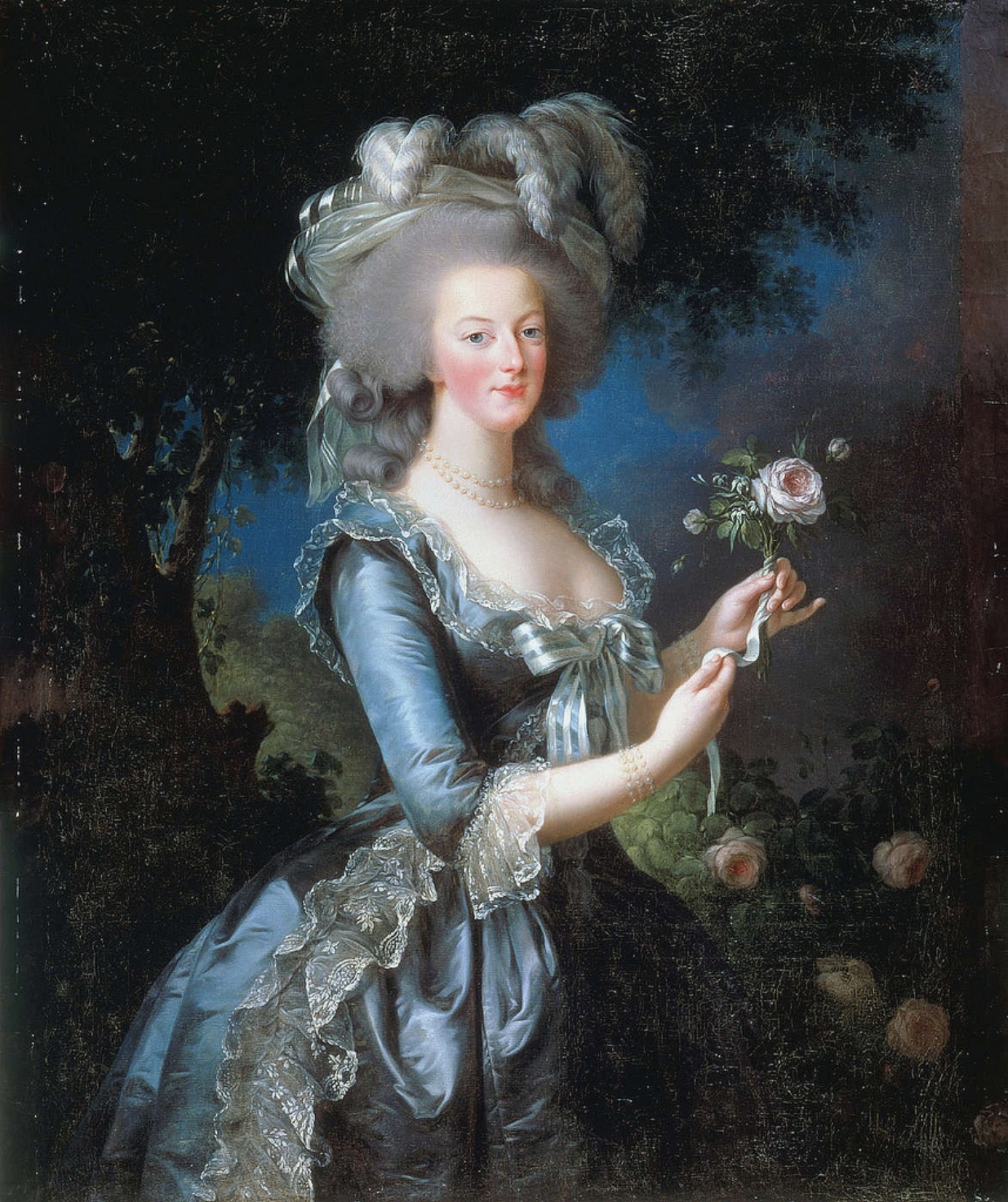


Who do you think is the most interesting figure from history that people will learn about on this tour?
I’m fascinated by Marie-Antoinette. She’s the ultimate tragic heroine. She was raised to rule from the earliest age. Her upbringing was a matter of state. There was no room for childish caprice and playful whimsy. When she did become queen of France she made up for lost time. At Versailles she recreated a childish fantasyland with a private theatre, an adult merry-go-round and a mock medieval hamlet, all of which you see on the tour. She grew up backwards, clinging onto youth ever tighter. All the while the shadow of the guillotine drew nearer.
Do you think Marie-Antoinette did any actual work in her make-believe farm?
I don’t think the word “work” existed in her vocabulary. Her farm was more like a life-sized doll’s house than a working farm. Just as Victorian girls learnt about the demands of running a household by playing with dolls, Marie-Antoinette learned about agriculture by playing on a mock farm. She may have occasionally performed simple tasks like collecting eggs, but she certainly wouldn’t have considered it to be work.
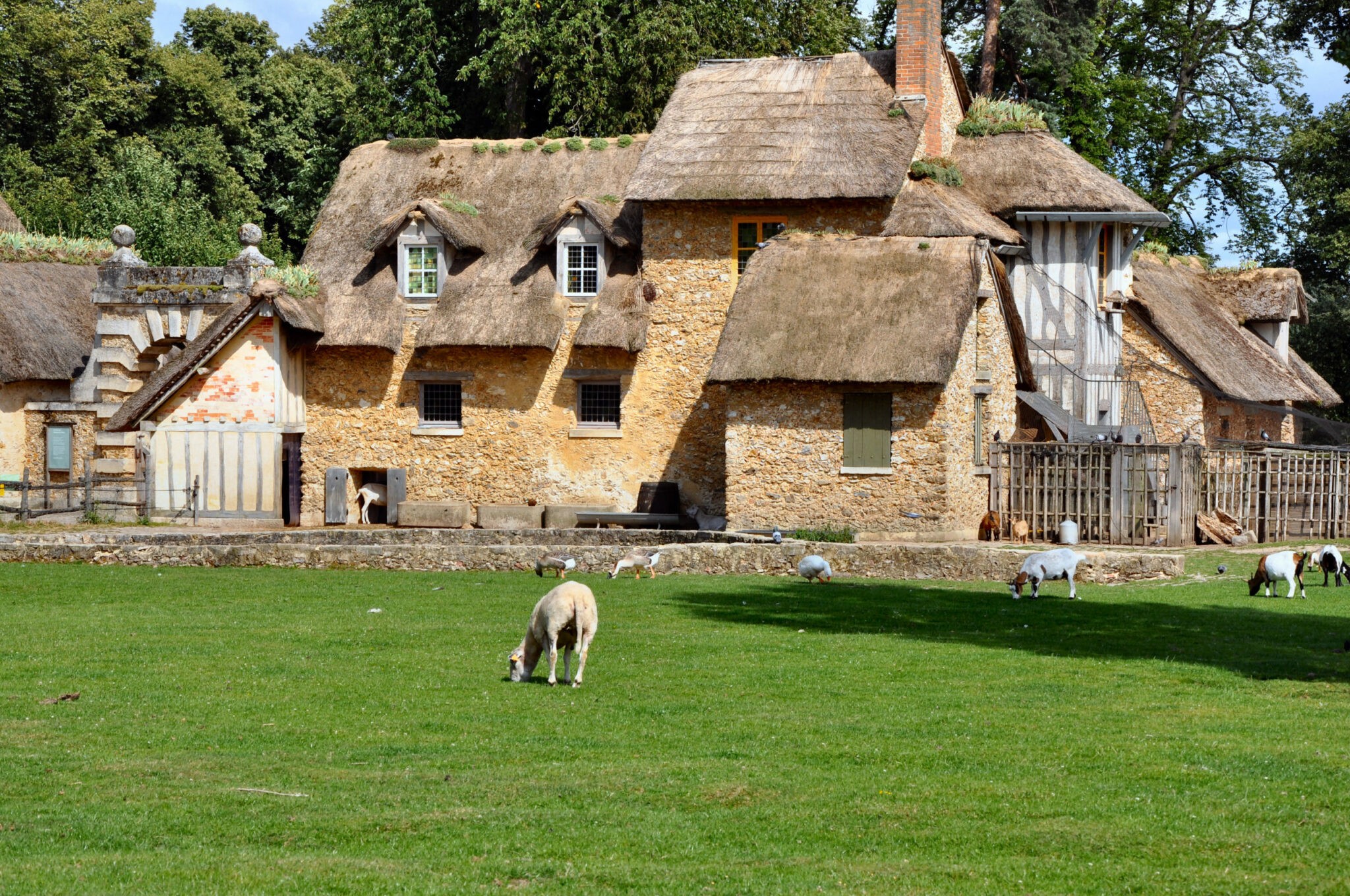
Having your own private guide at Versailles makes the experience much more personal. Why else would you recommend going with a Paris Muse guide?
Our aim at Paris Muse isn’t just to make sure that the tour goes well. We hope to create memorable experiences for clients and give them a lasting feeling of attachment to Paris. The word “souvenir” means memory in French. We want our clients to take memories back home with them rather than objects. Nothing makes us happier than seeing clients return again and again to take tours with us. We like to think that they come back to refresh the memories that we’ve shared with them.
